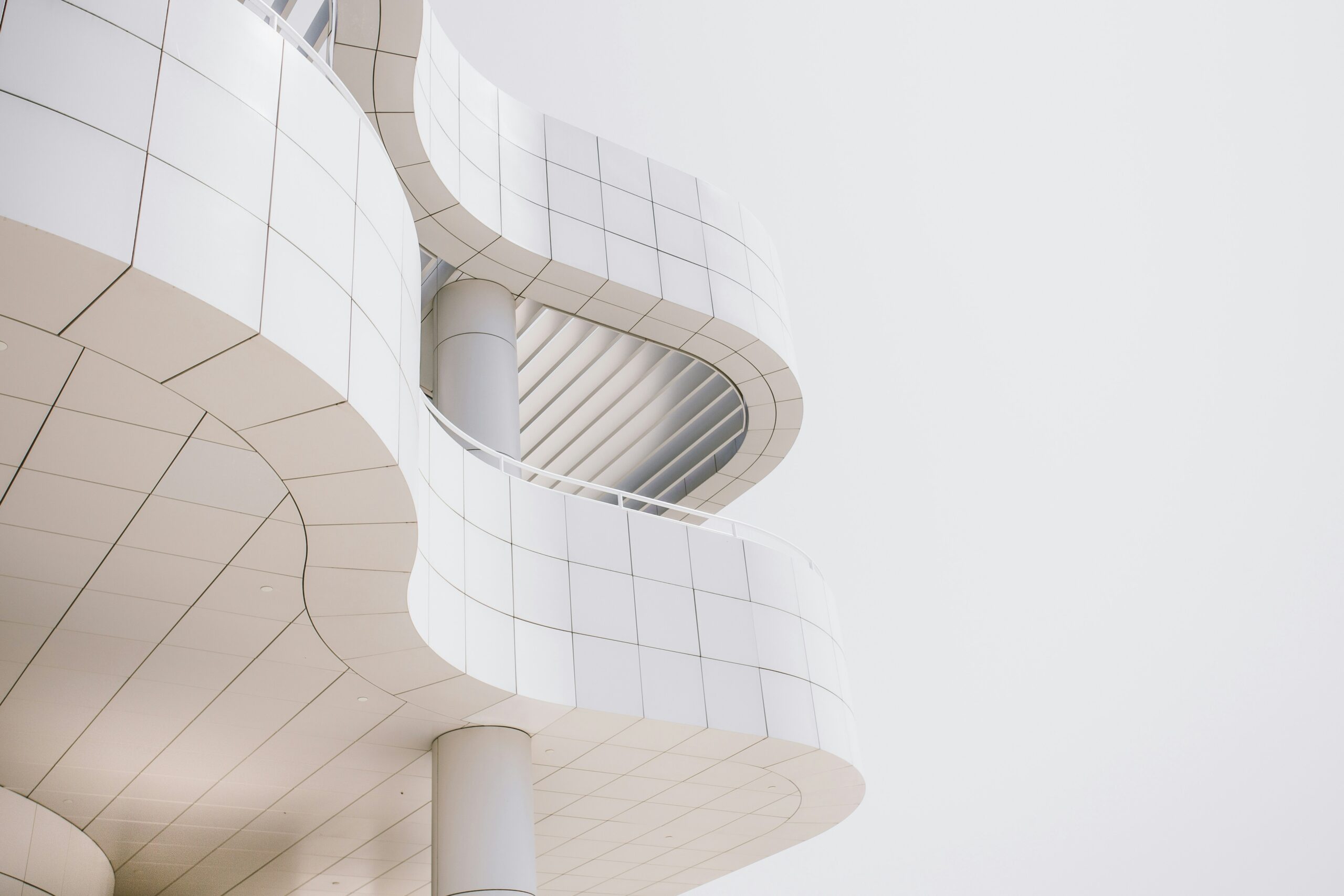
Urban landscapes are a tapestry of human ingenuity and creativity, offering photographers a wealth of visual opportunities. From towering skyscrapers to historical buildings, architecture can be a rich subject for capturing stunning and thought-provoking images. Here’s how you can find and showcase the beauty in urban structures through photography.
Understanding Architectural Photography
Architectural photography is more than just snapping pictures of buildings; it involves capturing the essence of structures and their relationship with the environment. It requires an eye for detail, an understanding of light, and a sense of composition. By focusing on these elements, you can highlight various buildings’ unique features and artistic aspects.
Capturing the Essence of Urban Structures
To effectively capture the beauty of architectural designs, you must first understand the structure you’re photographing. Researching the building’s history, design elements, and the architect’s vision can provide valuable insights and inspiration.
Consider the Building’s Form and Function
Architecture is not just about aesthetics; it often reflects a building’s purpose and function. When photographing, consider how these elements interact. For example, a modern skyscraper might be best captured through a minimalist approach emphasizing its sleek lines and reflective surfaces. At the same time, a historical building may benefit from a more detailed perspective highlighting its intricate craftsmanship.
Emphasize Lines and Shapes
Architectural photography often focuses on the lines, shapes, and forms that make up a building. Use these elements to create strong compositions. Look for patterns, symmetry, and contrasts. Lines can guide the viewer’s eye and build a sense of depth and perspective. For instance, photographing a bridge from below can accentuate its arches and lines, creating a dynamic and striking image.
Playing with Light and Shadow
Lighting plays a crucial role in architectural photography. Different times of the day offer varying light conditions that can dramatically alter a building’s appearance. Early morning and late afternoon provide soft, golden light that can enhance textures and colors. Overcast days are ideal for even lighting, reducing harsh shadows and highlighting details.
Experiment with shadows and reflections as well. Buildings with glass facades or reflective surfaces can create interesting patterns and visual effects. Shadows cast by architectural elements can add depth and contrast, bringing a new dimension to your photos.
Finding Unique Angles and Perspectives
One key to successful architectural photography is finding unique perspectives. Don’t just shoot from eye level; explore different angles and heights to discover new ways to capture the building. Look for reflections in water or glass, shoot from above or below, and try framing your shots through doorways or windows. Unique perspectives can reveal aspects of the architecture that might be missed from a conventional viewpoint.
Editing and Post-Processing
Post-processing is an essential part of architectural photography. Editing software enhances colors, adjusts contrasts, and corrects distortions. Be mindful of over-editing; the goal is to enhance the building’s natural beauty, not to alter it beyond recognition.
Adjusting the horizon line and correcting perspective distortions are often necessary, especially when using wide-angle lenses. Cropping can help focus attention on key elements and remove distractions. Additionally, converting images to black and white can emphasize shapes and textures, providing a timeless quality to your photos.
Showcasing Your Work
Once you’ve captured and edited your architectural photos, it’s time to share them. Consider creating a portfolio or blog dedicated to your work. Social media platforms like Instagram and Pinterest are also excellent for reaching a wider audience and connecting with other photography enthusiasts.
You can also explore local galleries or photography exhibitions that focus on architecture. Participating in these events can provide valuable exposure and feedback, helping you refine your skills and build a network within the architectural photography community.
Photographing architecture is a rewarding endeavor that allows you to explore and celebrate the artistry of urban structures. By understanding the building’s design, playing with light and angles, and honing your editing skills, you can capture the beauty and complexity of architecture in compelling and visually striking ways. Embrace the challenge of finding new perspectives and let your creativity shine through each photograph you take.